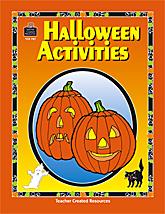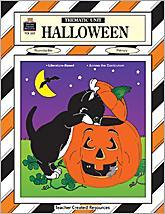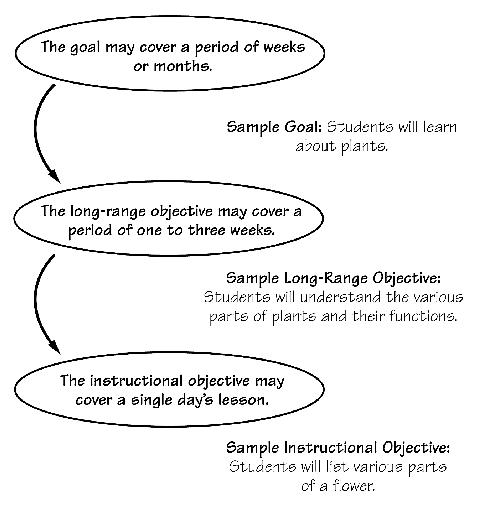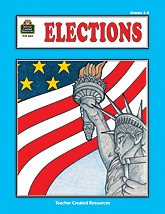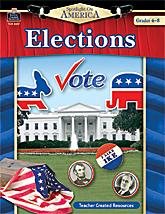A Short Historical Overview of Halloween:
October 31st was the New Year’s Eve of the Celts who lived in Britain and northern Europe around 2,000 years ago. On that night they would gather with their priests, called Druids. They feasted and told stories of their ancestors. The Celts believed that the spirits of those who had died during the year were wandering about that night, cold, lonely, hungry, and apt to play tricks, so the Celts left offerings of food and drink on their doorsteps. Those who had to go outside on that scary night carried lanterns and wore disguises so the spirits would not recognize them.
When church leaders were trying to convert the Celts in the early days of Christianity, they made November 1st and 2nd All Saints’ Day and All Souls’ Day, both of which recognized the spirits of the dead. October 31st then became the Eve of All Saints’ (or All Hallows) Day, which was eventually shortened to Halloween. Although the customs have been modified over the years, they remain basically the same—lanterns, gifts of food, and scary disguises.
Activities
1. Discuss Halloween with the children. Explain that it is an enjoyable time, not a scary time.
2. Talk about trick-or-treating. Have the class discuss street safety and reflective clothing. Remind children that all of the “treats” they receive need to be checked prior to eating.
3. Have the students do some Halloween research. Assign the following questions to various individuals or groups of children. Upon completion, have all share their information.
- How did witches and black cats come to be associated with Halloween?
- Who was the original jack-o’-lantern and how did he get his name?
- Where did people first begin to trick or treat?
- Who brought this custom to the United States?
- In which modern country is Halloween a national holiday?
4. Create tissue paper ghosts. Ball up one tissue and then take another and lay it out flat. Put the ball in the middle of the flat tissue. Fold over and tie a piece of yarn around the ball to form a head. Put eyes on with a black marker. Finally, hang the ghosts from the ceiling.
5. Make sponge-paint orange pumpkins. Cut an old sponge into the shape of a pumpkin. Put orange tempera paint into a foam tray. Have the children stamp the design onto construction paper. They may add features of a jack-o’-lantern after the paint dries.
©Teacher Created Resources, Inc.
=========================================================================
For more Halloween activities, check out these e-books: